Jodie Foster Is Still Thawing Out From Her ‘Night Country’ Shoot

Much — arguably, too much — is often said about place as character in literature, film and television. And while a valid case could be made that the fictional town of Ennis, Alaska, was the real lead of True Detective: Night Country, those who made the HBO series credit an even bigger entity with moving to the top of the proverbial call sheet: the temperature.
“I watched that thermometer go from 4 degrees, to 1, to 0, all the way down to minus-18,” says Kali Reis, who plays Trooper Evangeline Navarro, of one the more grueling shoot days for the six-part mystery. “It was the first and only time that I got stern with [creator and showrunner] Issa López. I had this balaclava on, and she was like, ‘You can’t wear that, we need to see your face.’ I looked at her and said, ‘It’s episode five, everybody knows what I look like by now and I’m freezing. No.’ ”
More from The Hollywood Reporter
Robert Downey Jr. Says His 'Sympathizer' Hair and Makeup Was a "Very Surreal Experience"
'Baby Reindeer' Actress Jessica Gunning: "I Don't Think There Will Be Another Role Like Martha"
Brie Larson's Lessons of Fashion Artistry Behind 'Lessons in Chemistry'
The balaclava stayed. Reis, López and star and executive producer Jodie Foster all laugh now when recalling some of the taxing moments of the six-month shoot — not least of all because the Iceland location was chosen for its reputation for approximating an Arctic Circle Alaska aesthetic with the benefit of more hospitable weather. But timing is everything. The Icelandic crew and extras frequently informed their visiting collaborators that they were experiencing record lows. López, a native of Mexico City, was particularly out of her element. The filmmaker, who wrote and directed every episode of the eerie update to Nic Pizzolato’s crime anthology, had visited Alaska on research trips. But those were in warmer months. Iceland presented myriad unforeseen challenges. “One night, the monitor had a delay of a couple of frames,” says López. “Nobody could figure out what was happening until we realized that the crystal fluid inside the monitor was freezing. Meanwhile, I was wearing eight layers and getting dehydrated because I didn’t want to go to the bathroom.”
Ultimately, that deep chill provided an invaluable service. Night Country, which eclipsed the previous three True Detective iterations with 12.7 million viewers tuning in to every episode, takes place at the northernmost outpost of civilization. As Ennis and its inhabitants are plunged into the long, sunless night of winter and hammered by snowfall, the frozen bodies of seven scientists are found out on the ice — and new clues emerge about the years-old unsolved murder of an Indigenous woman. They’re hardly ideal circumstances for solving multiple homicides. But they’re perfect for creating a mood, one fueled by a chilled cast and icy blue hues that soak almost every frame.

“Filming in Alaska was never happening,” says Foster, who plays Ennis Police Chief Liz Danvers — a character as broody as her environs, but with a darkly funny edge. “These Arctic Circle towns don’t even have roads in. Taking small planes or giant icebreaker boats wasn’t possible, so we brought Alaska to Iceland. We hired Indigenous actors — Alaskan Indigenous actors but also First Nations Canadians and Greenland Native people.”
Temperature, people and tundra all ended up being easy asks of Iceland. Still, there were plenty of elements in Night Country that had to be fabricated, including a surprising one: Just 100 miles south of the real Arctic Circle, outside the northern port town of Akureyi where the bulk of the exteriors were filmed, even plummeting mercury proved no guarantee of a wintry tableau. “There obviously had to be snow in this show, but that was a big unknown,” says visual effects supervisor Barney Curnow. “Iceland is notoriously unreliable in terms of its winters.”

Curnow went into the project knowing there’d be a heavy CGI ask. He and his team had to create the exterior of the dead scientists’ lab, a massive mining operation where none existed, a herd of suicidal caribou and a mysterious, one-eyed polar bear — whose frequent cameos are never revealed to be real or a hallucination. But it was the snow, either absent or unpredictable during filming, that required a surprising amount of postproduction bandwidth.
Snow isn’t the only thing Iceland decided to withhold. The country’s famous ice caves, which López planned on using to film the miniseries’ claustrophobic denouement, were way too tight to even consider. “You make these things work on paper, and they’re fantastic to read,” she says. “And then you’re faced with reality.”

So while production designer Daniel Taylor flew between the two production bases in Akureyi and Reykjavík, often ensuring the ground was covered in man-made snow, he was also constructing a system of ice caves across three stages. The maze, which took nearly 12 weeks to finish, had to look tight enough to envelop Reis and Foster but be large enough for cameras to easily navigate. Also — and perhaps this is a no-brainer — it couldn’t be made of actual ice. “We heated sheets of plastic, laid them onto rocks so the plastic could take on the shape of the rock and then literally hot glue-gunned them together,” Taylor says of the first of many steps to simulate the look of real ice. “I’m still surprised by how convincing it looked.”
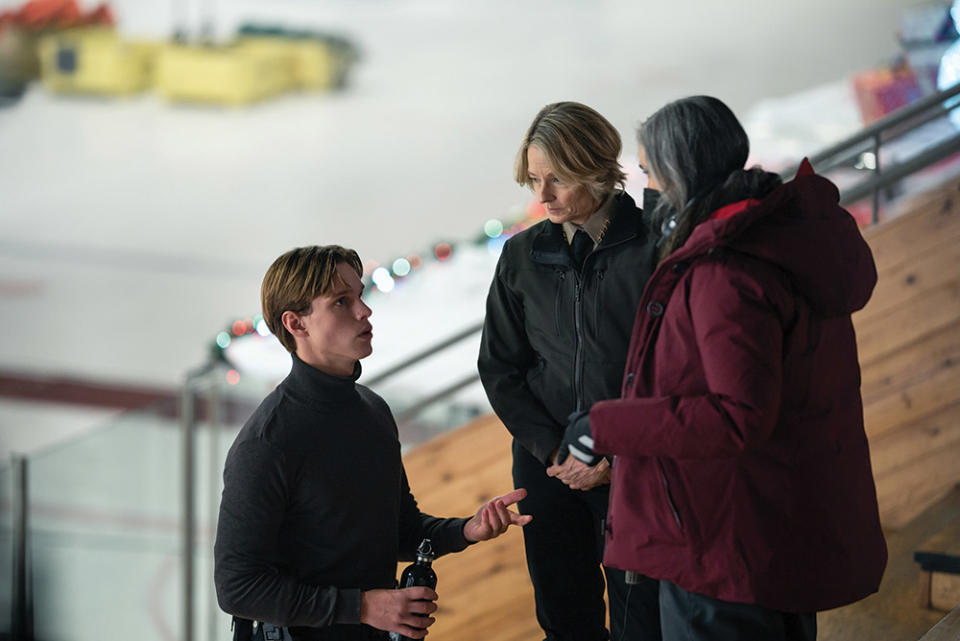
It was on another Reykjavík stage, not the frigid outdoors, where Foster says she filmed one of the most harrowing scenes of her career: a sequence during which her character falls through the ice and into dark water, sinks feet below the surface and scans above for the double-Oscar-winner-sized hole through which she might escape. Only Foster, weights under her costume and wearing no contact lenses, couldn’t see a thing. “I worked with a free diver and a master diver for a week, but nothing prepared me for that feeling,” she says of her aquatic trust fall. “Even if I could have gotten to the surface, I wouldn’t have found the hole. It was primitively scary.”
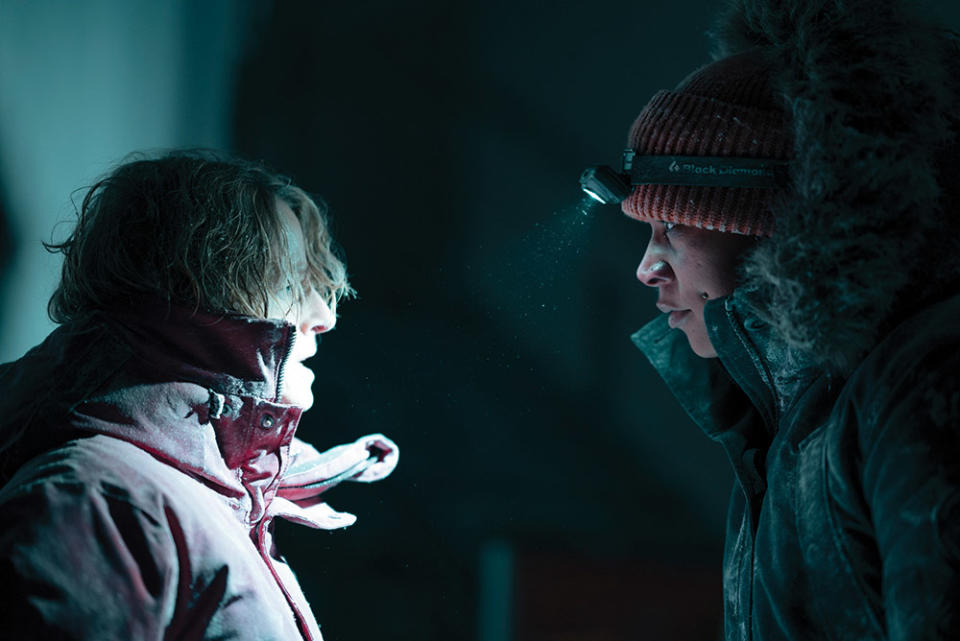
López is also visibly shaken when recalling the day she put Foster in a dunk tank but becomes energized when talking about returning to the series. She signed an overall deal with HBO in February, one that will see her helm her second incarnation of True Detective — the franchise’s fifth overall. “I’m writing, rewriting and loving it,” she says. “This time around is a lot more fun for me, because I feel a lot of confidence having learned so much.”
One of those lessons has been to tune out unnecessary noise. When Pizzolatto (still an exec producer on the series, albeit in name only) critiqued Night Country’s references to his seasons, López briefly engaged with the discourse. Then, she quickly moved on. “I would be so proud to create something that moves on to different storytellers,” she says. “This will eventually move on from me, too, hopefully to someone who’ll do the job even better. And I’ll be the first one to sit down with a bucket of popcorn to see what they do with it.
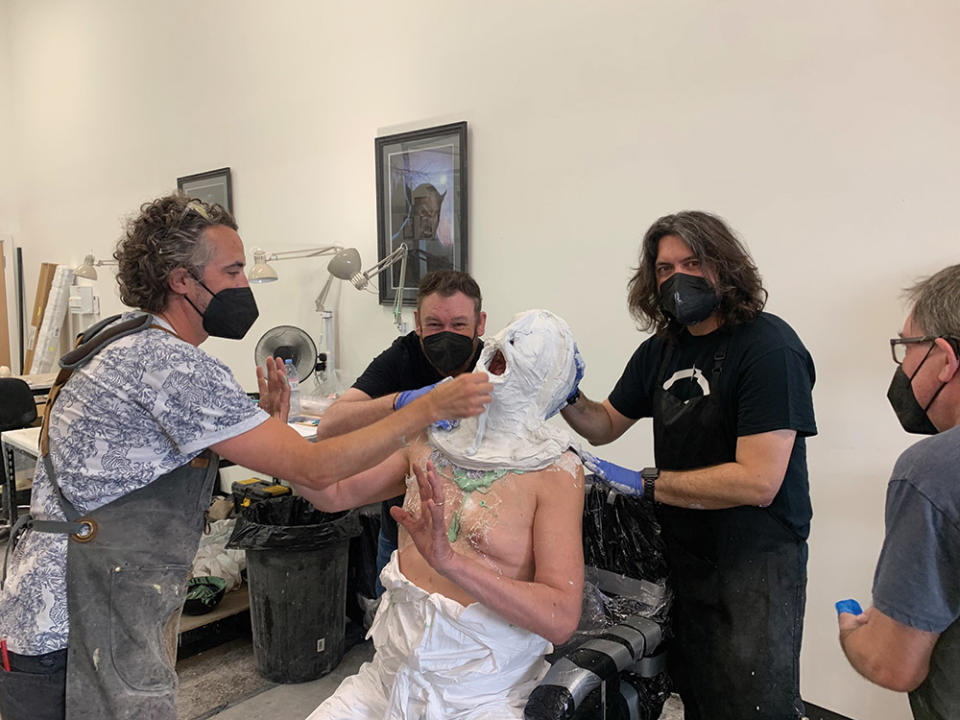
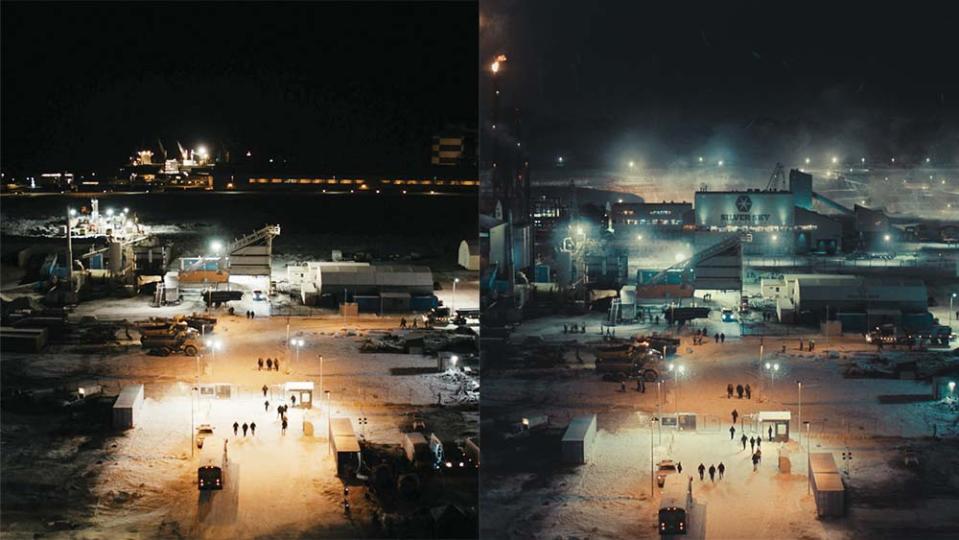
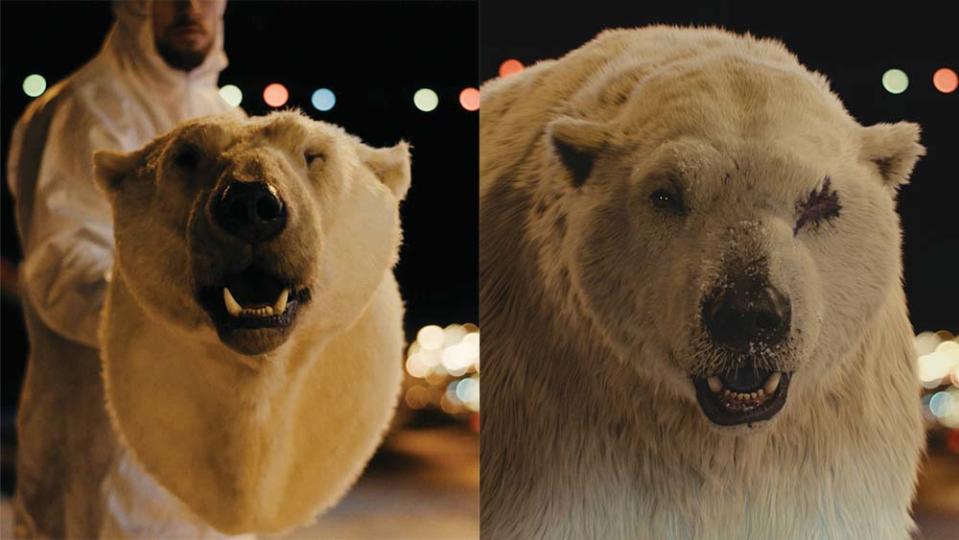
This story first appeared in the June 5 issue of The Hollywood Reporter magazine. Click here to subscribe.
Best of The Hollywood Reporter

 Yahoo News
Yahoo News 
